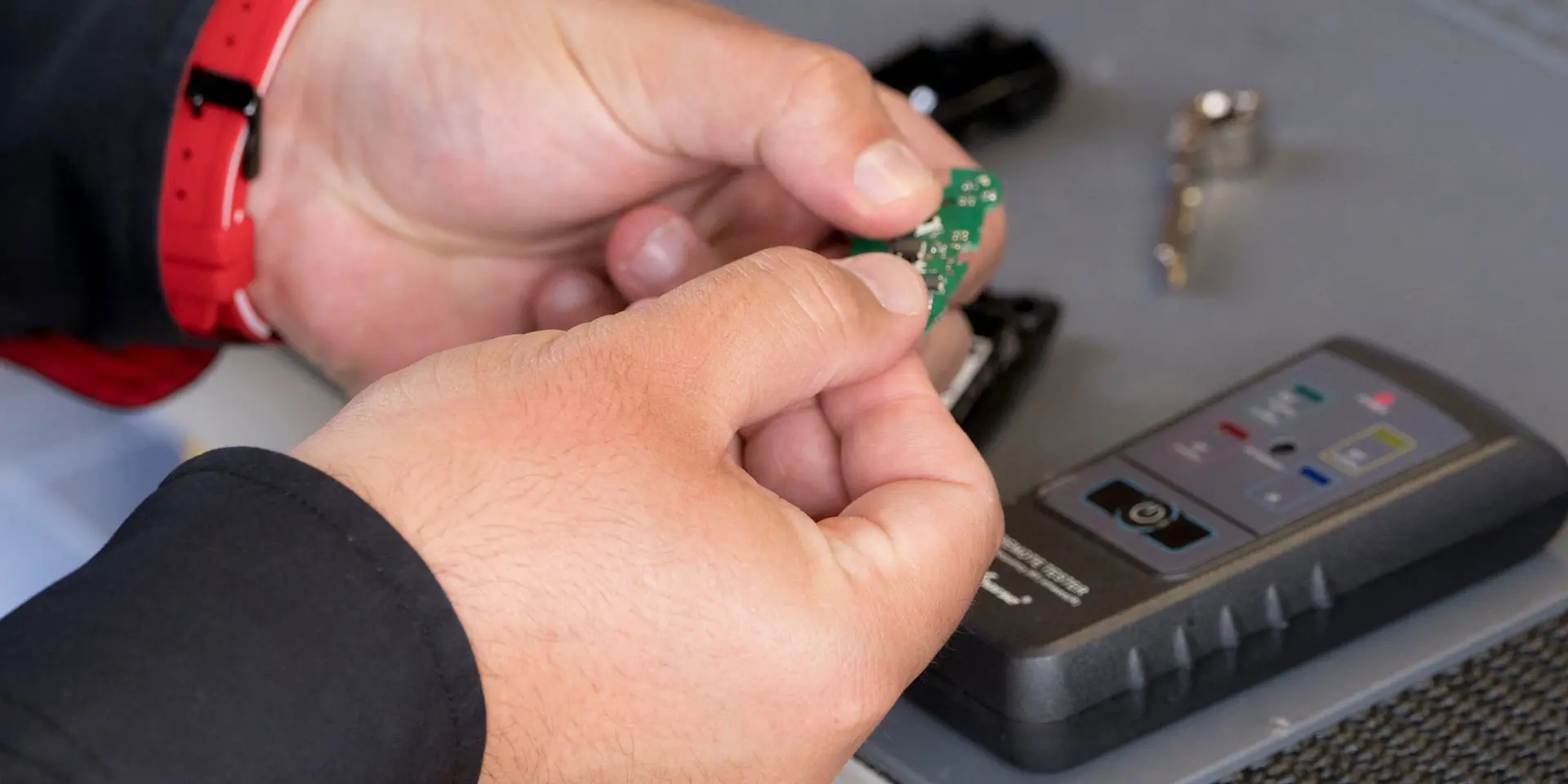car-key-transponder-repair0984
car-key-transponder-repair0984
5 Killer Quora Answers On Broken Key Repair
Broken Key Repair: Solutions for Common Lock Issues
Intro
Keys are essential tools in our day-to-day lives, permitting us to secure our homes, vehicles, and personal belongings. However, they can likewise break, leading to disappointments and troubles. Comprehending how to resolve broken key concerns is essential for anyone wishing to maintain their locks and make sure access to their residential or commercial property. This post covers numerous aspects of broken key repair (official 198 blog), consisting of typical causes, repair techniques, and preventive procedures to prevent future instances.
Typical Causes of Broken Keys
Keys can break for numerous reasons. Understanding these causes can assist in avoiding future occurrences:

- Wear and Tear: Over time, keys can wear down due to regular use, resulting in weakened shafts that are more most likely to break.
- Poor Key Design: Keys that are improperly developed might lack structural integrity, making them more susceptible to breaking under stress.
- Inaccurate Key Usage: Using extreme force to turn a key, specifically in a jammed lock, can easily lead to a breakage.
- Environmental Factors: Extreme temperature levels or direct exposure to moisture can deteriorate metal keys, causing brittleness.
- Lock Malfunctions: A malfunctioning lock can position unnecessary tension on a key, triggering it to snap throughout operation.
Signs of a Broken Key
Determining a broken key typically includes obvious signs. Here are some indications:
- Partial insertion into the lock: If the key can not be completely placed or eliminated.
- Sudden resistance: If the key feels stuck when being turned.
- Visible divides or fractures: Inspecting the key can expose cracks or breaks in the metal.
- Incomplete engagement: The key may turn less than needed to actuate the lock.
Methods for Broken Key Repair
When confronted with a broken key, there are several approaches to think about for repair. It is important to choose the best one based upon your particular circumstance.
1. Eliminate the Broken Key
If a key breaks within a lock, the first action is to remove the broken portion:
- Use tweezers or needle-nose pliers: If a piece is protruding of the lock, gently pull it out.
- Insert a key extractor tool: This specialized tool can assist extract lodged parts more successfully.
| Tool | Finest Used For |
|---|---|
| Tweezers | Shallow extraction |
| Key extractor tool | Deeply lodged key pieces |
| Lube spray | Relieving extraction of stuck parts |
2. Superglue Method
For scenarios where a key has actually partly broken but is intact enough to remain gripped, the superglue strategy may provide a short-term fix.
- Clean the broken surface areas thoroughly.
- Use a thin layer of superglue.
- Hold the pieces together for a few minutes until the glue sets.
Note: This method is not a long-term service and ought to be used with care as the repair can quickly stop working under functional stress.
3. Metal Epoxy
For a more robust repair, metal epoxy supplies a stronger bond than superglue.
- Follow the instructions on the epoxy product packaging for preparing the adhesive.
- Apply to the broken location and hold till set (typically a few hours).
4. Duplicate the Key
In instances where lock performance is vital, producing a duplicate key is typically the very best path:
- Visit a locksmith: Many locksmiths can duplicate keys quickly and efficiently.
- Use a key-tracing service: Some locksmith professionals utilize tracing techniques to cut an identical key based on the remnants.
5. Lock Replacement
When keys repeatedly break, it might be because of lock concerns rather than key integrity. In such cases:
- Consult a locksmith to examine the lock’s condition.
- Consider replacing the lock totally if considerable damage or wear is evident.
Avoiding Key Breakage
Preventing key damage is often much better than repair. Here are some useful ideas:
- Limit force on keys: Always turn keys gently to avoid unnecessary stress.
- Regular key evaluation: Check for wear and change keys showing signs of damage.
- Utilize a keychain: Prevent extreme flexing by utilizing a tough keychain.
- Lube locks: Ensure locks run smoothly to lower pressure on keys.
- Store keys properly: Avoid positioning keys in environments that can cause rust or corrosion.
Frequently Asked Questions About Broken Key Repair
1. Can I repair a broken key myself?
Yes, you can try to repair a broken key yourself using approaches like the superglue or metal epoxy strategies. However, these are short-term repairs, and it is advisable to seek advice from an expert locksmith for a more resilient option.
2. Is it worth fixing a broken key?
Sometimes, specifically with emotional or special keys, a repair might deserve it. For standard keys, replication or replacement is normally more efficient and dependable.
3. How can I avoid my keys from breaking?
To avoid breakage, ensure that keys are not subjected to excessive force, regularly check them for wear, and keep locks well-maintained.

4. When should I seek a locksmith’s assistance?
If you are not able to eliminate a broken key from a lock or if the lock malfunctions frequently, it’s finest to seek a locksmith’s knowledge.
Broken keys can present a considerable hassle, however they are manageable with the ideal method. By understanding the common causes and available repair techniques, people can respond successfully to key damage. Drawing from preventive measures will likewise help keep key stability and functionality. Ultimately, a proactive method to key and lock upkeep can significantly reduce the frequency of these annoying concerns.


